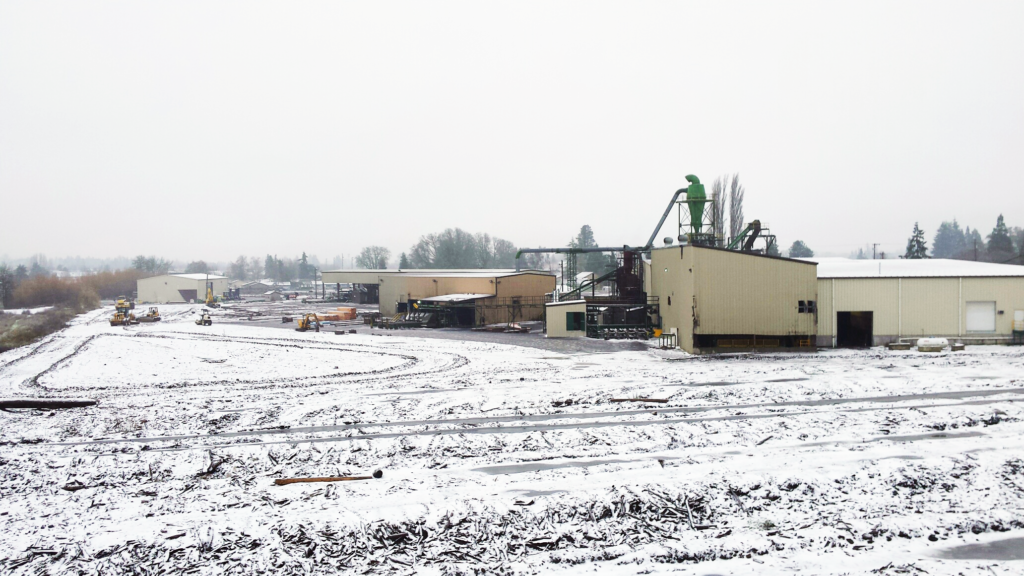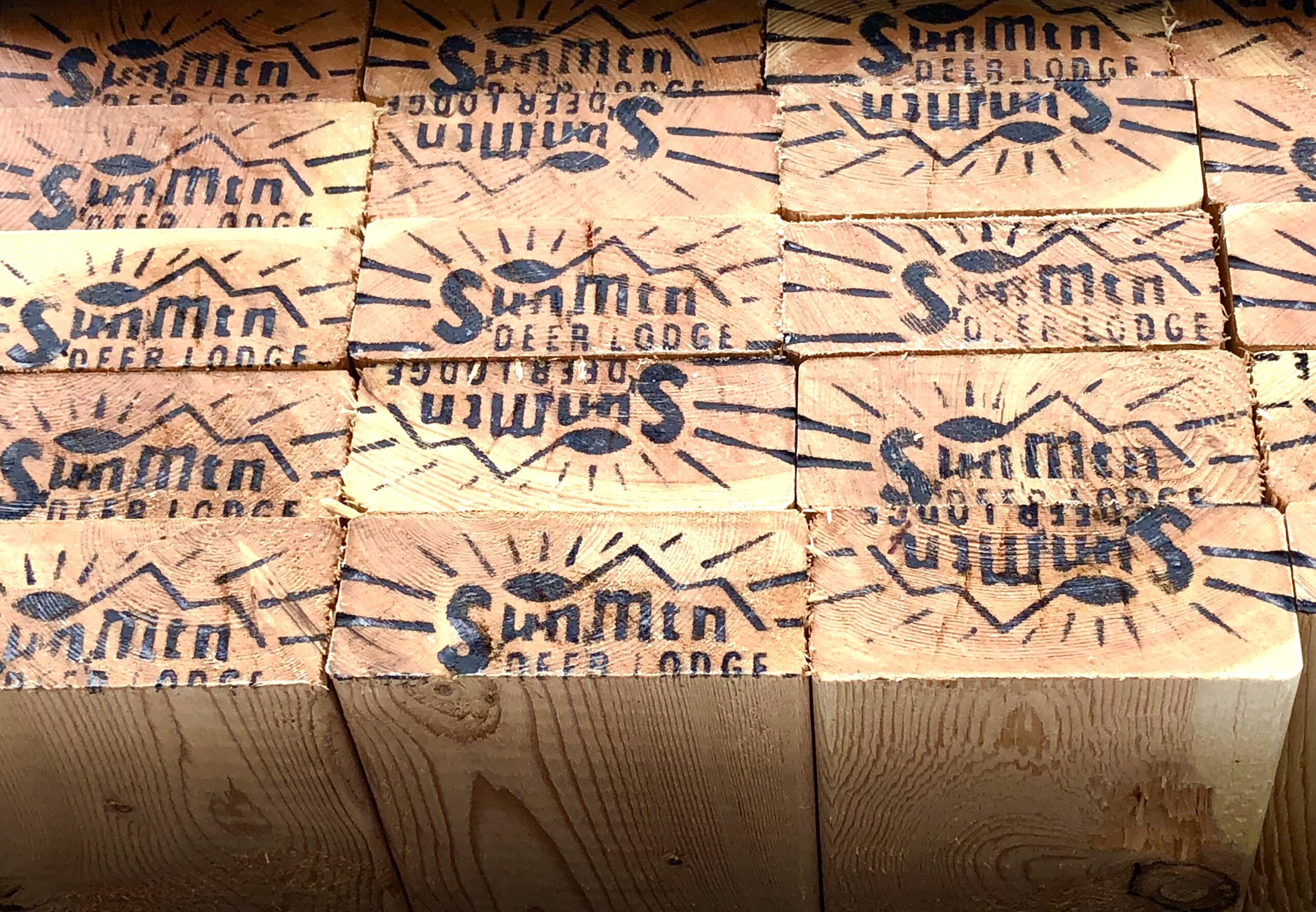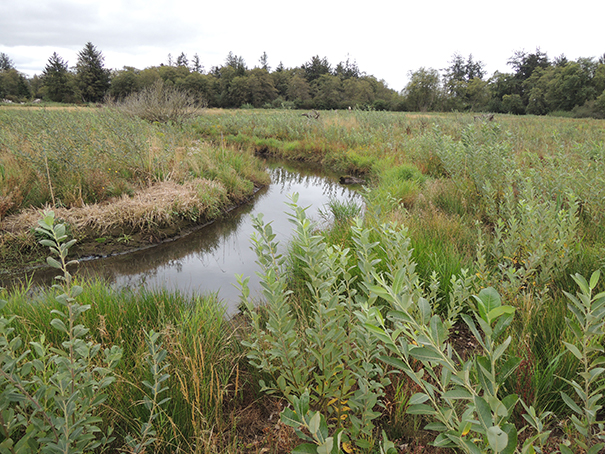The concept of forest collaboratives for federal forest lands was established by Congress five years ago in the hopes that diverse local stakeholder groups could come together to find ways to restore ecological, economic, and social sustainability in rural communities where federal forest land is prominent. Many local rural groups have been working collaboratives for over a decade. For Hampton, these collaboratives could result in management changes and additional resources to sustain our Pacific Northwest sawmills and the 1,200 employees who live in these rural communities.
Collaboratives like the Pinchot Partners (Gifford Pinchot), Tapash Collaborative (Okanogan-Wenatchee), North Central Forest Health Collaborative (Mt. Baker-Snoqualmie), and Mary’s Peak and Hebo (Siuslaw) have grown out of a common desire to balance community needs, economic contribution, and environmental stability by considering the visions and priorities of all stakeholders. As we all know, balance means different things to different people and shared interest does not necessarily lead to easy agreement. The processes around forest collaboratives are slow, time consuming, and often frustrating. To date, these efforts have seen relatively minor improvements in terms of increasing access to forest resources. That said, the benefits of collaboratives go beyond potential access to resources; they present opportunities to increase awareness of our operations and to form and improve relationships with local stakeholder groups.
Filmmaker Woody Allen once said that eighty precent of success in life is showing up. A common thread in the more successful collaboratives is heavy participation by vested local organizations and citizens who want to see results and ongoing investment in community projects. Failure or sluggish outputs typically reflect lack of leadership and commitment to common goals. Pinchot Partners is a promising example of what can be accomplished when historically-polarized interests take the time to recognize and develop common goals. This may be the way to get our federal forest lands moving toward a productive stable state. For now, it’s the only game in town.
Steve Zika
CEO, Hampton Lumber



